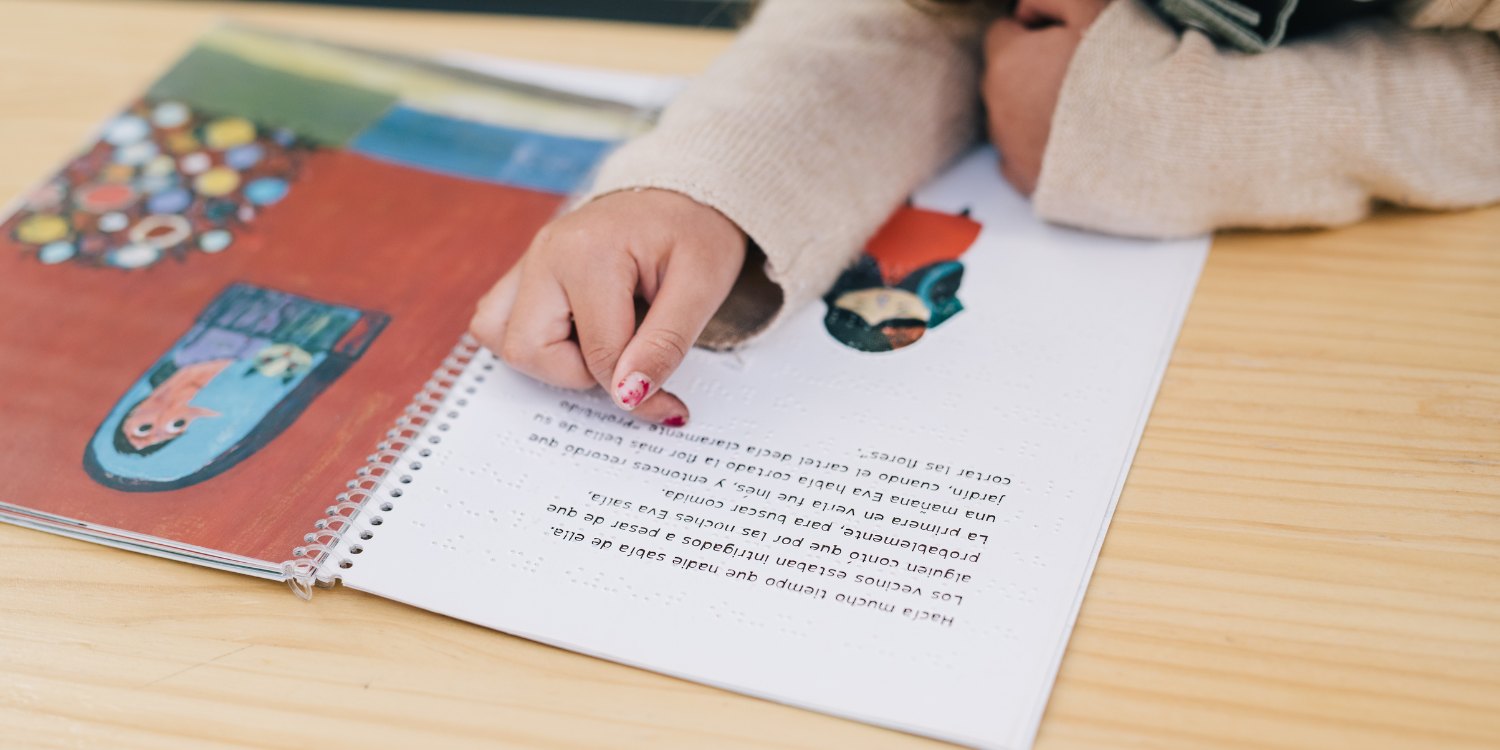What’s the point of learning to read?
Comprehension!
Reading Comprehension
Reading allows us to be informed, enlightened, and educated, but only if we comprehend what we are reading! Without comprehension, those squiggles on the page are only sounds with no meaning. So, how do we help our children have reading comprehension? First, we have to look at the elements of reading that are required for comprehension.
The “Simple View” of Reading
Every reading specialist, and hopefully every elementary school teacher, is very aware of what is called the “simple view” of reading. Researchers Gough and Tunmer came up with this model of reading in 1986, so it’s hardly new. Basically, it’s a formula for reading comprehension that says that:
Decoding x Language Comprehension = Reading Comprehension
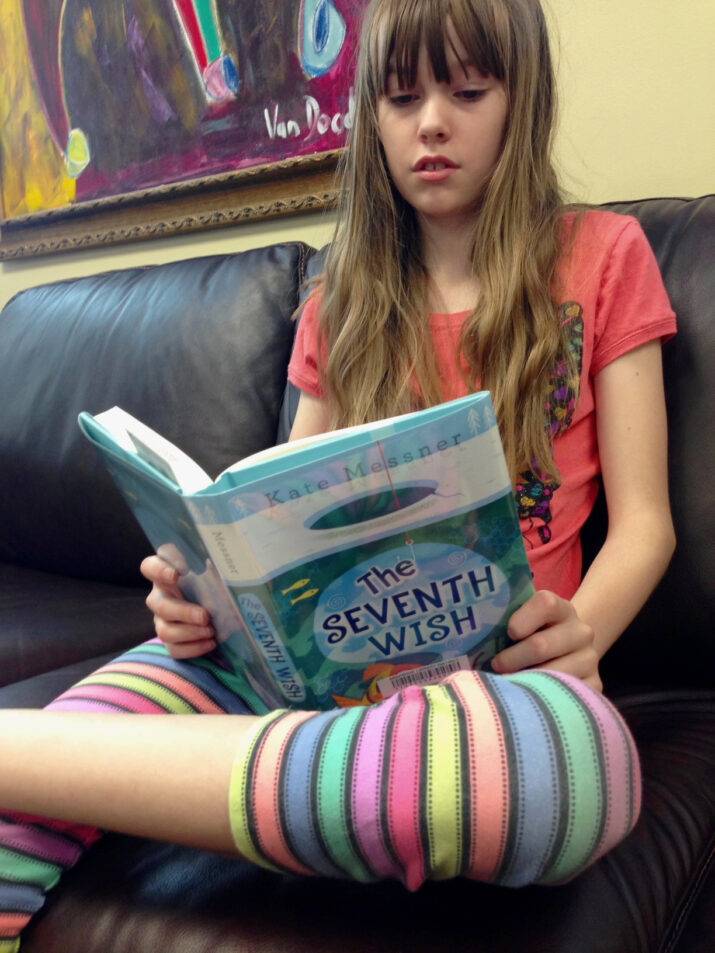
Decoding: one side of the formula
This formula means that in order to understand what they are reading, a child needs to be able to decode the word and also understand the meaning of the word. Without both skills, there is no reading comprehension. The vast majority of the students I work with have good language comprehension, but struggle with decoding. As soon as they decode a word they know immediately what it means. Decoding is crucial. “There is no comprehension strategy powerful enough to compensate for the fact you can’t read the words,” said reading researcher Anita Archer in 2008. The first step to make sure your child has good reading comprehension, is to make sure they’re getting good decoding skills instruction!
Language Comprehension: the other side!
But language comprehension is the other piece of the formula. When children have limited vocabulary or speech and language delays, often their language comprehension is impacted. I have my own experience with this. I taught English in Russia for a year and studied the Russian language. I was great at decoding words in Russian, but often had no clue what they meant! I was missing the language comprehension piece of reading comprehension.
So, how can I help my child have good language comprehension?
The answer is… build their vocabulary! Without a strong vocabulary, children are much less able to self-monitor and self-check their reading. They might successfully sound out a complex word, but without having heard it before, they won’t have that “ah ha!” moment of comprehension. And what’s the best way to build their vocabulary? Read to them! Read aloud books that help build their auditory vocabulary. Reading aloud also helps build another area that is so important to reading comprehension: background knowledge.
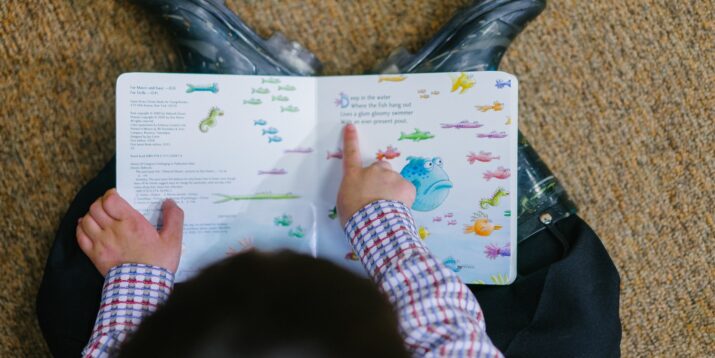
Background knowledge is key!
As a teacher, I know that taking a moment to make sure that my students have some background knowledge about the text we’re about to read will pay off exponentially in their comprehension. It could be a quick discussion about holiday traditions that they have before we start to read a text about the holidays. It could be a quick video about the water cycle before we start to read a science text. Building background knowledge levels the playing field for those who don’t have it, and boosts language comprehension.
And Finally, the Goal: READING COMPREHENSION!
Even with excellent decoding and language comprehension, every child benefits from having a “toolbox” of strategies to help with their reading comprehension.
Reading Comprehension Strategies
Here’s a list of the best strategies to teach your child to support their reading comprehension:
- Visualizing
As you read, pause to visualize a concept, character, or scene. This can be done through mental imagery and talking, “What do you picture the dog to look like? Why? What does the room look like?” Or, take a moment to draw a picture. - Self-monitoring
This is such a crucial skill! Teach your child to pause and monitor their reading. Does what I just read make sense? Do I need to re-read it? This ability to self-check and self-monitor their reading is so important! Otherwise a child will just plow through their reading without actually pausing to ask… “wait… what did I just read?” - Making connections
What connections can be made with their own experiences? How can they relate what they are reading to their own background knowledge? Does a character remind them of a family member? Does a scene remind them of something that happened to them? - Summarizing/retelling
Ask your child to retell in his or her own words what just happened. I remember doing this during a difficult reading of The Hobbit with a group of seventh graders. Every paragraph we would stop and I would say, “Wait… what?” Use post-its as a way to keep these summarizing notes handy. - Asking questions and making predictions
What do you wonder about? What do you want to know more about? What do you need clarification on? And, what predictions can you make?
It’s tempting to think that you can only apply these strategies to complex texts with older children. But, these strategies can be done with very young children using very simple texts!
I was reading a very simple book about a little boy who really wanted to get cookies from the top shelf of the cupboard with my kindergarten reading group. We were visualizing, self-monitoring, retelling, making connections with our own cookie experiences, and making lots of predictions!
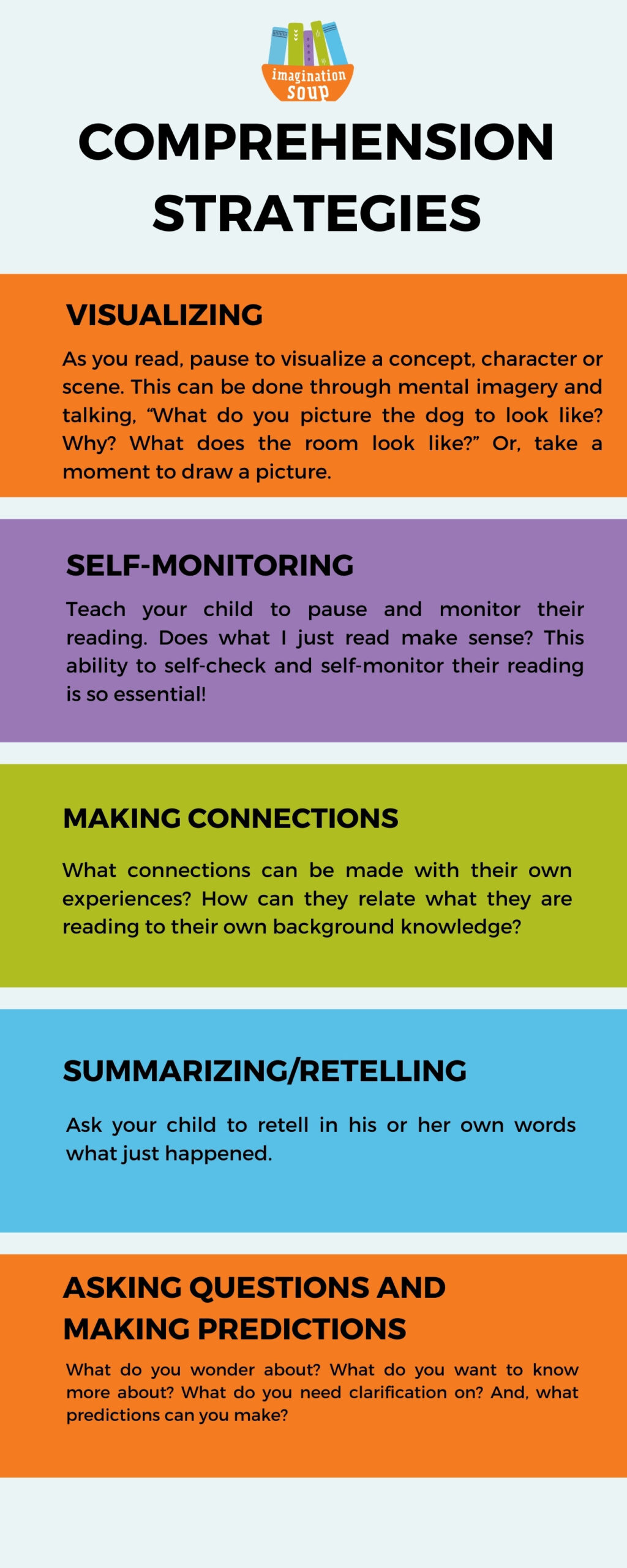
And that’s the final piece of advice about comprehension. Don’t treat it like a separate skill from reading. Embed it in your daily reading experiences with your child. Teach them to use these strategies as part of being a skillful reader from an early age, and it will pay off for years to come!
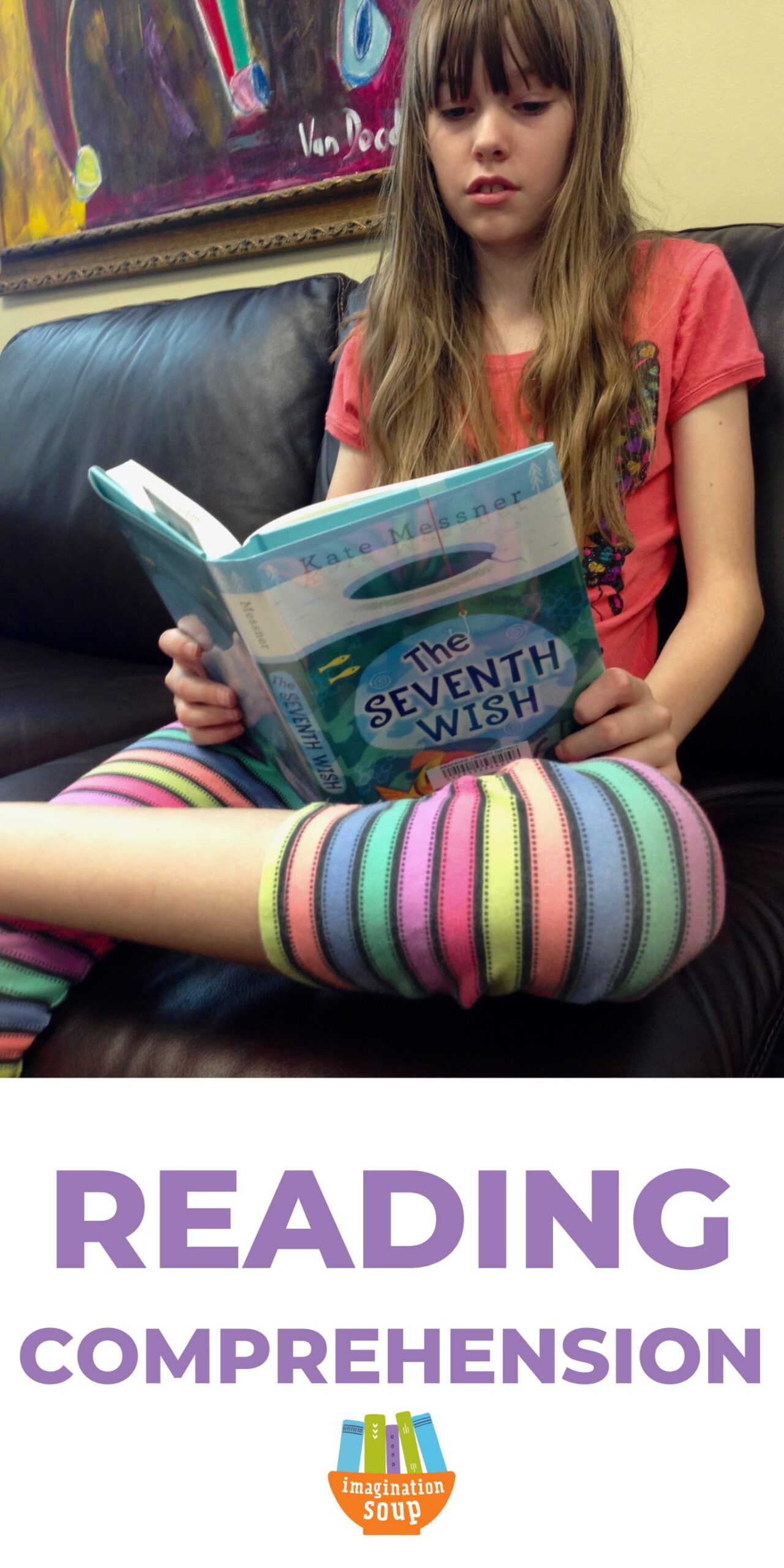
KEEP READING
Reading Games
Book Series
3rd Grade Books
4th Grade Books
Books Like Harry Potter

 PARENTING TIPS
PARENTING TIPS PREGNANCY
PREGNANCY BABY CARE
BABY CARE TODDLERS
TODDLERS TEENS
TEENS HEALTH CARE
HEALTH CARE ACTIVITIES & CRAFTS
ACTIVITIES & CRAFTS